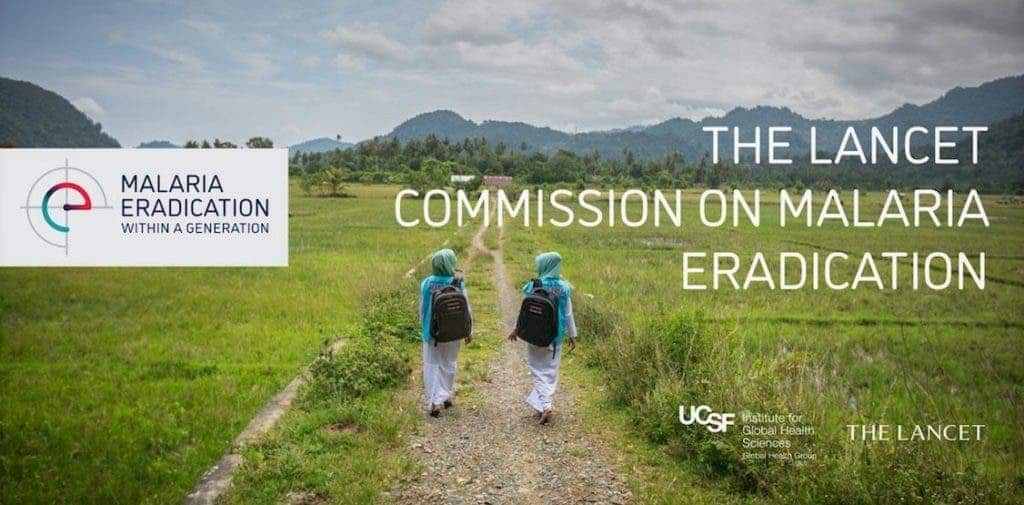
Every two minutes, a kid under age 5 dies of malaria, one of the oldest and deadliest diseases known to mankind. But malaria could be eradicated within a generation, a landmark report says.
According to 41 malariologists, biomedical scientists, economists, and public health policy experts, a future free of malaria — one of the world’s oldest and deadliest diseases — can be achieved as early as 2050. This statement contradicted last month’s WHO-led malaria review that concluded eradication cannot be achieved any time soon and urged the WHO not to shy away from this “goal of epic proportions”. The Lancet Commission analyzed new epidemiological and financial data and concluded that eradication is possible.
Malaria is a life-threatening disease caused by Plasmodium parasites that are transmitted to people through the bites of infected female Anopheles mosquitoes. People with malaria often experience fever, chills, and flu-like illness. Left untreated, they may develop severe complications and die.

Malaria infected about 219 million people in 2017 and killed around 435,000 of them — the vast majority babies and children in the poorest parts of Africa. Due to ongoing transmission, half the world’s population is still at risk of contracting malaria. These figures are little changed from 2016, but global case numbers had previously fallen steadily from 239 million in 2010 to 214 million in 2015, and deaths from 607,000 to around 500,000 from 2010 to 2013.
Since 2000, the number of countries with malaria has fallen from 106 to 86, cases have fallen by 36%, and the death rate has fallen by 60%. This is mainly due to the widespread use of bed nets treated with insecticide and better drugs for treating people who are infected.
Martin Edlund, head of Malaria No More, said the world should do everything possible to eradicate the disease: “If we double down on ending malaria now, the world will reap massive social, humanitarian and economic benefits and save millions of people from needlessly dying from mosquito bites.”
“For too long, malaria eradication has been a distant dream, but now we have evidence that malaria can and should be eradicated by 2050,” said Sir Richard Feachem, one of the report authors. “This report shows that eradication is possible within a generation.”
So, what will it take? The report estimates that based on current trends, the world will be “largely free of malaria” by 2050. To reach eradication by 2050, current technologies need to be used more effectively and new ways of tackling the disease needs to be developed. This could include the “game-changing” gene-drive technologies that could make mosquitoes infertile or make them resistant to the parasite.

King Mswati III of Eswatini (formerly Swaziland) and chair of the African Leaders Malaria Alliance said: “Malaria eradication within a generation is ambitious, achievable and necessary. The struggle has been constant to keep up with the malaria mosquito and the parasite, both of which are evolving to evade the effect of malaria interventions. We must make sure that innovation is prioritized.”
How much is this going to cost? The report estimates that around $4.3bn is spent on malaria annually. With $2 billion more in annual funding and strong partnerships to develop and deploy the correct tools, including new vaccines, we would be able to rid the world of malaria by 2050. Business as usual would mean many lives lost and the constant struggle against the malaria parasite and the evolving resistance to drugs.
“Eradicating malaria has been one of the ultimate public health goals for a century, it is also proving to be one the greatest challenges,” said Dr Tedros Ghebreyesus, the director general of the World Health Organization. “But we will not achieve eradication within this time frame with the currently available tools and approaches – most of which were developed in the past century or even earlier.”


